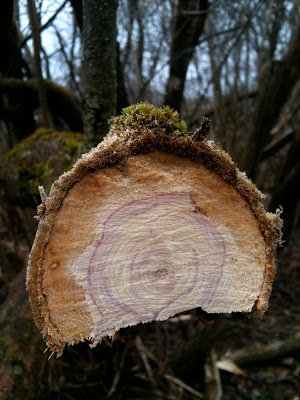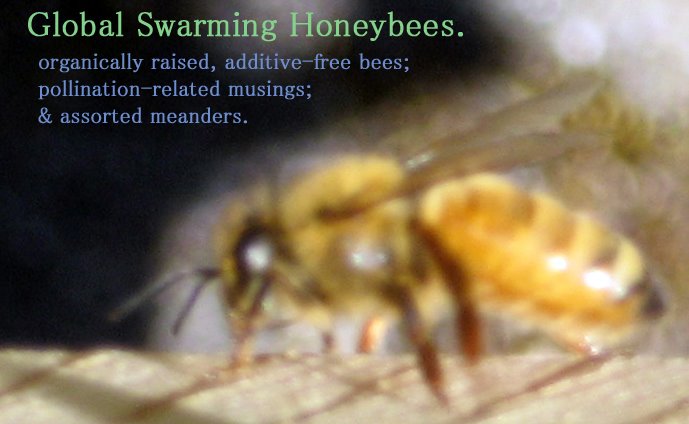I had some serious pruning to do a couple of weeks ago, and much of it focused on some very old lilac bushes that, after eons of neglect, had grown tangled with dead and fallen wood. It took me three long sessions over three days to do all the pruning, clearing, cutting, and hauling to get the site where it needs to be.
During this time, I remembered how deeply I enjoy cutting wood with a handsaw—especially on cold days. Along with being a warming exercise, the physical and aural repetition associated with sawing is profoundly meditative, as is the opportunity this activity brings to explore the wood and the plant's habits up close. The tangible sense of accomplishment at the end of the task is icing on the cake.
As I began clambering around the tangle of old lilacs and sawing off some of the most accessible of the many dead and damaged branches, I noticed for the first time the burgundy and pinkish coloration swirling in the heartwood—like compacted candy canes or splashes of wine. I guess it should be no surprise that a plant as lovely as the lilac should have a trick or two up its sleeve. Here's what I discovered as I worked.

4.06.2010
Lilac: The Original Purple Heart
Labels:
lilac,
springtime
Subscribe to:
Post Comments (Atom)





















No comments:
Post a Comment